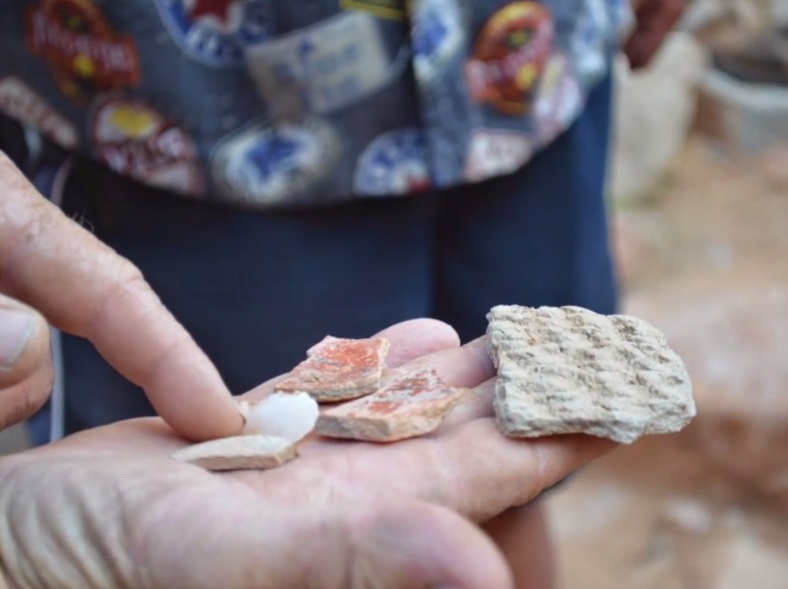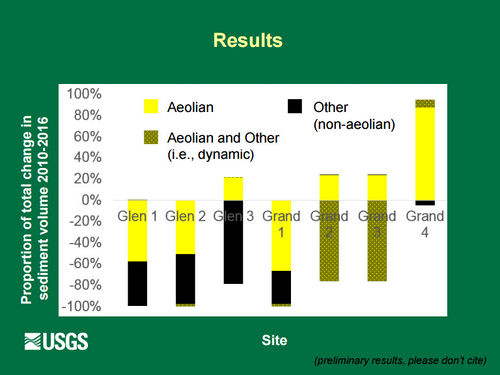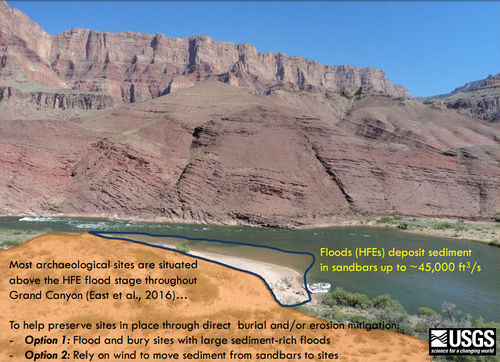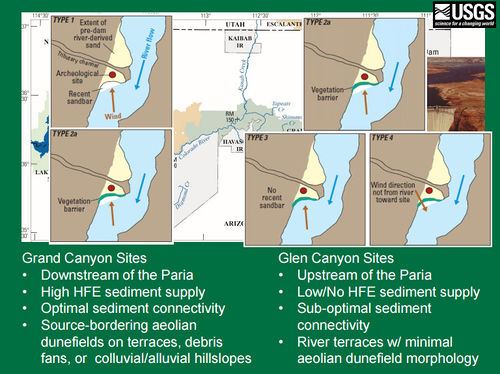Difference between revisions of "CULTURAL"
Cellsworth (Talk | contribs) |
Cellsworth (Talk | contribs) |
||
| Line 89: | Line 89: | ||
|- | |- | ||
| − | ! <h2 style="margin:0; background:#cedff2; font-size:120%; font-weight:bold; border:1px solid #a3b0bf; text-align:left; color:#000; padding:0.2em 0.4em;"> Questions </h2> | + | ! <h2 style="margin:0; background:#cedff2; font-size:120%; font-weight:bold; border:1px solid #a3b0bf; text-align:left; color:#000; padding:0.2em 0.4em;"> Stakeholder Questions </h2> |
|- | |- | ||
|style="color:#000;"| | |style="color:#000;"| | ||
| + | |||
| + | *Does Aeolian sand transport research support the use of anthropogenic sand bar building as a means to provide a source of aeolian sands to preserve and protect archaeological sites? | ||
| + | *Or would current stabilization measures carried out by the NPS be more likely to be successful, predictable, and immediate at protecting archaeological sites? | ||
[[Media:Collins 2016 GCArchSitesAeolian.pdf| '''Collin et al. 2016:''' ]] | [[Media:Collins 2016 GCArchSitesAeolian.pdf| '''Collin et al. 2016:''' ]] | ||
*Aeolian deposition was found at 4 of 13 sites (30%) where partial infilling occurred preventing further erosion. | *Aeolian deposition was found at 4 of 13 sites (30%) where partial infilling occurred preventing further erosion. | ||
*“Despite this promise for archaeological site preservation, our observations show that gully annealing can only occur under a specific set of conditions related to fluvial sand availability and wind transport direction.” | *“Despite this promise for archaeological site preservation, our observations show that gully annealing can only occur under a specific set of conditions related to fluvial sand availability and wind transport direction.” | ||
| − | |||
| − | |||
| − | |||
|- | |- | ||
Revision as of 12:24, 17 December 2019
|
|
Cultural and Archaeological ResourcesThe lower reaches of Glen Canyon and the river corridor through Grand Canyon National Park, Arizona, have been used by humans for at least 13,000 years. Today, at least nine contemporary Native American Tribes claim traditional cultural ties to this area. Grand Canyon National Park contains more than 4,000 documented prehistoric and historic sites, and about 420 of these sites are located in proximity to the Colorado River. The lower reaches of Glen Canyon contain an additional 55 sites. In addition to archaeological sites, cultural resources along the Colorado River corridor include historic structures and other types of historic properties, as well as biological and physical resources that are of traditional cultural importance to Native American peoples such as springs, unique landforms, mineral deposits, native plant concentrations, and various animal species. LTEMP Resource Goal for Archaeological and Cultural ResourcesMaintain the integrity of potentially affected NRHP-eligible or listed historic properties in place, where possible, with preservation methods employed on a site-specific basis. Desired Future Condition for Cultural ResourcesPrehistoric Archaeological Sites and Historic Sites: |
| Tribal Ecological Knowledge |
Cultural Resources Library |
Tribal Perspectives |
|---|




